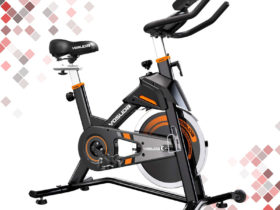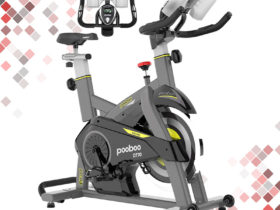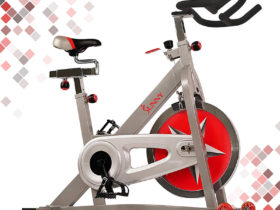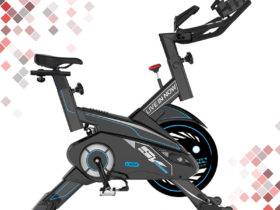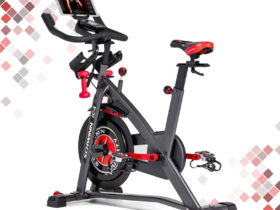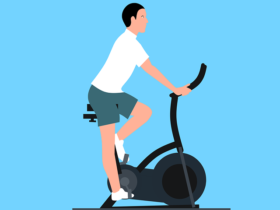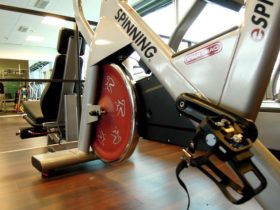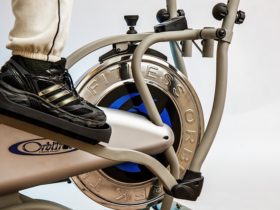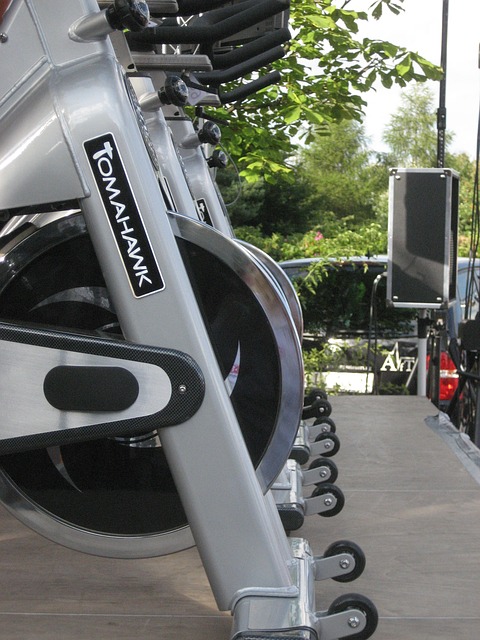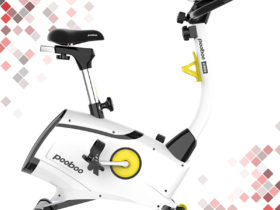Probably, one of the best qualities of spinning as a workout is its simplicity. In the goal of getting fit and healthy, you only have to pedal and be good at it and, sooner or later, you will reap its many benefits. Yet, if you have relative exposure to spinning, you surely have noticed the different movements encouraged in many gyms. Some of these are lifting light weights and doing some push-ups while spinning. Are these movements to avoid in spinning? These movements may look awkward and stray away from the real purpose of spinning – which is to mimic the experience while cycling indoors – but what comes first in mind is their safety to the spinner. Let’ look deeper into these movements to avoid in spinning.
Do these movements have a strong foundation rooted in science as well as true indoor cycling experience? Unknown to many who get easily swayed by their instructors to lift weights, do squats, perform push-ups etc. while spinning, they risk of suffering injuries in their legs, shoulders, knees, and necks. Like many other sports, there are contraindication movements that are discouraged while spinning. Do these contraindication movements and chances are you will have to suffer an injury.
So what are contraindication movements in a spinning workout? This article will walk you through some of the most common contraindicated movements you would not want do while spinning. These movements are discouraged on the basis of known science and common sense in experiencing real outdoor cycling. Experts usually advise: “When you don’t do it in outdoor cycling, don’t do it in indoor biking as well”.
Avoid Unnecessary Movements While Spinning
Several of the contraindicated movements in spinning are done usually in the goal of strengthening the core. These are lifting weights, doing push-ups and doing crunches:
Lifting Weights:
Many instructors and spinning gyms incorporate lifting light weights while spinning on the reason that it would strengthen your upper body. Lifting weights while spinning can put risk in injuring your shoulders, spine and arm muscles. This movement would get you in a compromising position since your hands are busy with lifting weights. This also compromises your cadence that results to mediocre cardiovascular workout and strength training.
Doing Push-Ups:
Another activity that is a contraindication to spinning is doing push-ups. Performing this movement is similar to lifting weights as they stray your focus away from pedaling. Moreover, doing push-ups will only encourage excessive upper body movements that prove to be risky as they can affect your balance and throw you off the spin bike. Besides disrupting your balance, it also misaligns the body.
Doing Crunches:
Last of the activity spinners usually do unnecessarily while spinning is doing crunches. This movement strays too much on the experience of mimicking a real cycling experience. More than this crunches only promotes the possibility of you experiencing an accident as keeping the balance on the seat becomes difficult.
All of these can be avoided through simple steps:
- If you want to strengthen your core muscles, then do exclusive training for this purpose. You can dedicate a separate time for lifting weights, doing push-ups and doing crunches without having to do it while you’re on the spin bike.
- If you want to strengthen your core muscles, you should instead engage in other workouts such as yoga, ball work, and pilates.
Wrong Techniques in Spinning
There are also contraindicated movements in spinning that are usually done due to techniques in spinning. Even though you are just sitting and pedaling on your spin bike, there are many variations on how to do this, and sometimes, most of these are contraindicated movements:
Spinning With No Hands:
Likewise, spinning with no hands usually occurs when you are warming up and cooling down with low resistance on the flywheel. Though this is allowed for these purposes, this should not be done in order to strengthen the core in the midst of the workout. Spinning with no hands will only put stress on the back muscles and lower spine. This also makes it difficult and hard to pedal in smooth cadence as you are more concerned with balancing on your seat.
Spinning Backwards:
This contraindication movement is discouraged more so due to the reason that standard spin bikes are designed for forward pedaling. You should avoid spinning this way to prevent damaging the spin bike, especially the crank wheel. When you do these contraindicated movements, they more or less put the next user of the bike at risk of getting injured. This movement is only allowed if you have a spin bike designed to provide resistance for forward and backward pedaling.
Spinning in Aero Position:
Spinning in the aero position is usually practiced by triathlon athletes and should not be done with standard spin bikes. Triathlon athletes can cycle in this position since they have custom bike top tubes. On ordinary spin bikes, doing this position can compromise your back. This position also puts at a disadvantage shorter people.
Spinning with a Dropped Seat:
There are many instructors that incorporate in their spinning workouts dropping seats during the workout. This should at all means be avoided as you should have the ability to spin at your own pace. You should have enough time and the option to recover from exertion. Taking away the option of having to rest and leave you standing for longer duration of time can put a risk on your legs and foot.
You can remedy and avoid these contraindicated movements by:
- Be mindful of your form: When you noticed that you no longer exert the usual effort to put strength on your pedaling revert to the normal pedaling or spinning technique.
- Sometimes you just need rest: When you cheat on resistance or lean on the handlebar, for example – you may rest instead of cheating on your form.
Conclusion
These are just some of the movements to avoid in spinning or riding your indoor bike. The rule of thumb for proper spinning is don’t do any movement that you don’t usually do when cycling outdoors. Follow basic science, true cycling experience, and common sense when riding your spin bike. You also need not follow your instructors in cases when some of those mentioned. If you follow this, you can help avoid injuries when spinning.


